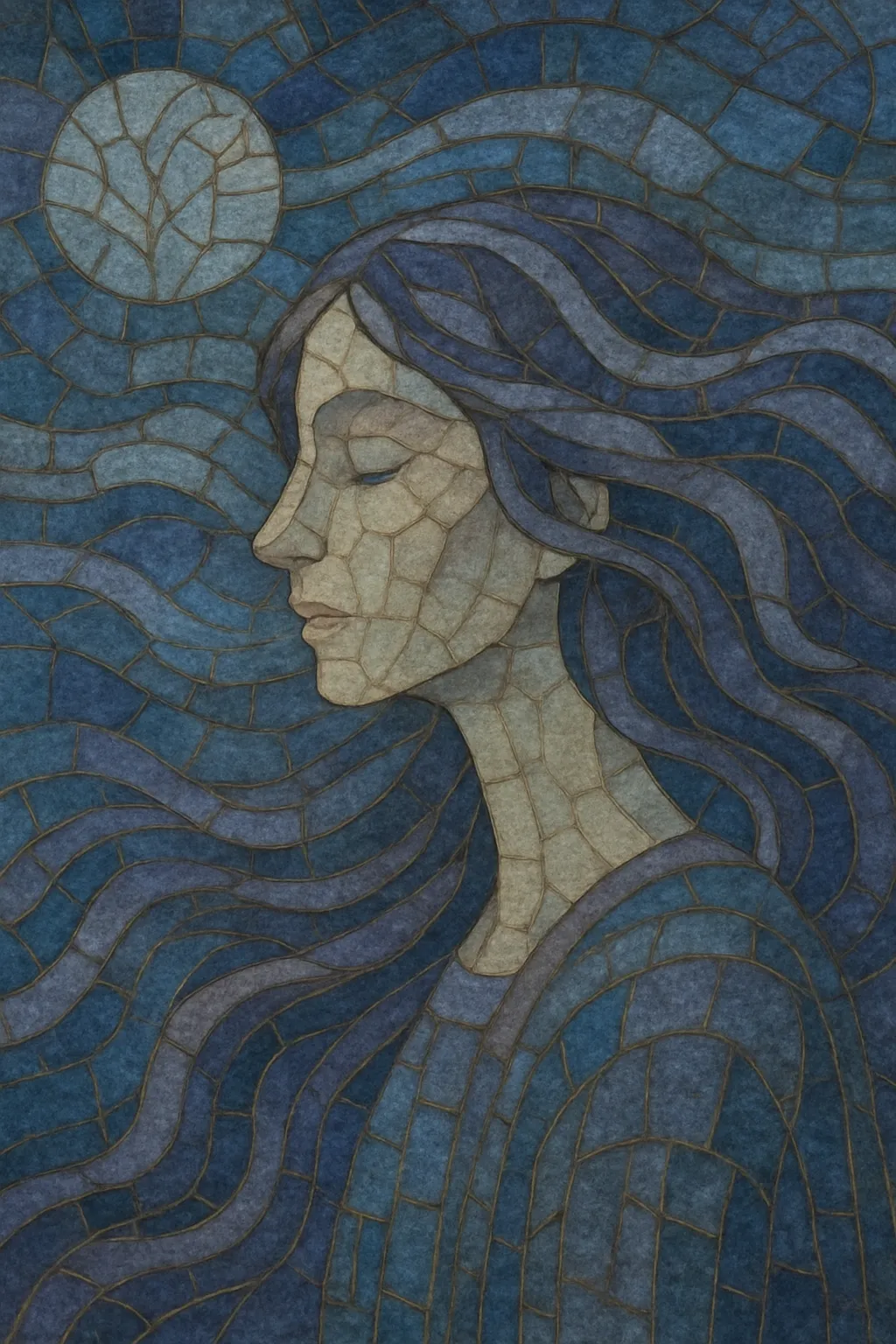
Ethereal wave is a branch of post-punk/gothic-adjacent alternative music defined by shimmering, reverb-saturated textures, airborne vocal delivery, and a strong emphasis on atmosphere over aggression. It often features chorus- or delay-drenched guitars that blur into pad-like harmonies, minimal or programmed percussion, and bass lines that drift rather than drive.
Vocals—frequently female-led—tend toward breathy, angelic timbres, melismatic phrasing, non-lexical vocalise, and poetic or impressionistic lyrics. Harmonies favor modal or diatonic palettes with suspensions and added tones (sus2, sus4, add9), producing a weightless, bittersweet feel. The overall production aesthetic, popularized by 4AD acts, evokes a dreamlike, otherworldly space that can lean medieval, ambient, or neoclassical depending on the artist.
Ethereal wave emerged in the United Kingdom in the early 1980s out of the post-punk milieu and the darker edges of new wave and gothic rock. Bands associated with the 4AD label (notably Cocteau Twins and Dead Can Dance) pioneered a production aesthetic of cavernous reverbs, chiming guitars, and weightless vocals that critics described as “ethereal.” This sound paralleled and intertwined with dark wave and the nascent dreamier side of alternative pop.
By the mid-1980s, Cocteau Twins, This Mortal Coil, and Clan of Xymox had solidified the hallmarks of the style: lush, chorus-laden guitar filigrees, minimal drum programming, melodic bass figures, and vocals that frequently used glossolalia or non-lexical syllables. Dead Can Dance expanded the palette with medieval, neoclassical, and world-leaning timbres, further cementing the music’s otherworldly aura.
In the 1990s, U.S. labels like Projekt (Lycia, Love Spirals Downwards, Black Tape for a Blue Girl) and European imprints such as Hyperium (via its “Heavenly Voices” series) carried the style beyond the UK. The scene diversified: some artists emphasized darkwave atmospheres, others leaned toward neoclassical ornamentation, while still others approached near-ambient sound design. These currents helped shape dream pop and influenced shoegaze’s emphasis on textural immersion.
Ethereal wave persisted through dedicated niches and online communities, informing modern dream pop, neoclassical dark wave, and parts of trip hop and witch house aesthetics. Contemporary acts continue to draw on its techniques—expansive reverb, suspended harmonies, and airy vocal production—renewing its timeless, weightless character.
Use clean electric guitars with chorus, delay, and generous hall or plate reverbs to create a shimmering, pad-like bed. Layer soft analog or sampled string pads, subtle piano or dulcimer-like plucks, and understated synth textures. Bass should be warm, melodic, and supportive rather than aggressive. Percussion can be minimal—808/909/Linn-style drum machines at low intensity—or replaced by found/ambient textures.
Favor modal or diatonic harmony (Dorian, Aeolian) with suspensions and added tones: sus2, sus4, add9, and open fifths. Progressions often move slowly and use pedal drones (e.g., a sustained tonic in the bass). Common shapes include i–VI–VII (Em–C–D) or spacious major progressions with suspensions (D–Gsus2–A–Dadd9). Melodies are lyrical and floating; consider non-lexical vocalise and melismas to heighten the ethereal quality.
Keep tempos moderate to slow (≈60–100 BPM). Use sparse patterns, syncopated but gentle hi-hats, and soft kick/snare programming. Let ambiences and delays create motion rather than dense rhythmic activity.
Aim for airy, intimate delivery—often female-led, but any timbre can work if treated with space and softness. Explore glossolalia, layered harmonies, and call-and-response textures. Lyrics can be impressionistic, mythic, or nature-inflected; prioritize imagery and mood over narrative.
Build arrangements from evolving layers: start with a drone or guitar wash, add melodic bass, then introduce gentle percussion and vocal textures. Use long-decay reverbs, subtle modulation (chorus, vibrato), and tasteful saturation. Avoid harsh transients; smooth EQ, soft compression, and stereo wideners help maintain the floating sensation.

